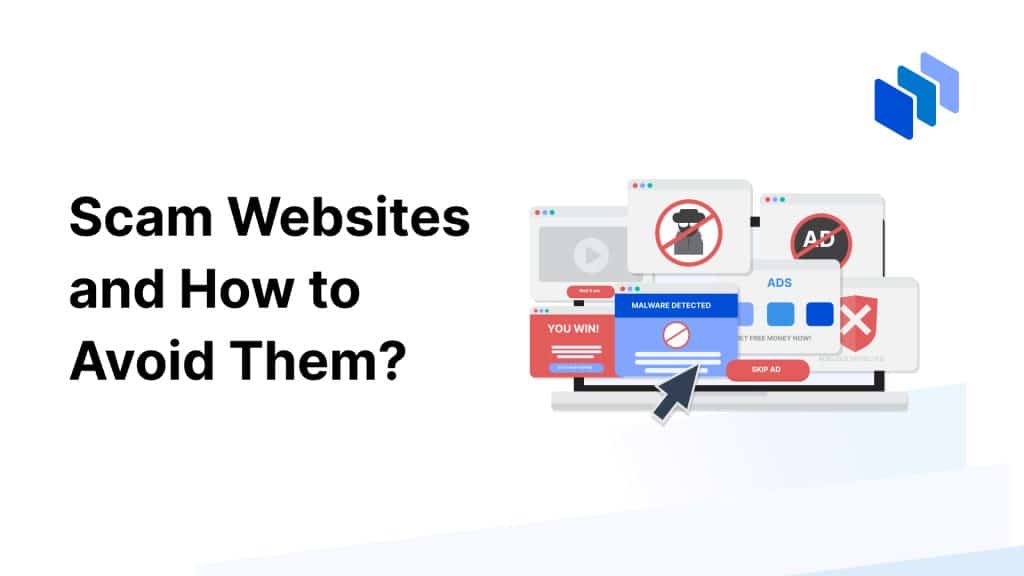The internet has made our lives more convenient, but it has also become a fertile ground for scammers. One of the most prevalent types of fraud online is spoofed websites scams. These fraudulent websites are designed to mimic legitimate ones, often to steal sensitive information, money, or both. Understanding how these scams work and how to protect yourself is crucial in today’s digital age.
What Are Spoofed Websites?
A spoofed website is a fraudulent site that imitates the appearance, functionality, and branding of a legitimate website. Cybercriminals use these fake sites to deceive users into thinking they are interacting with a trusted entity, such as a bank, e-commerce store, or government organization. These sites often have URLs that closely resemble legitimate ones, with slight variations that are easy to overlook (e.g., “g00gle.com” instead of “google.com”).
How Spoofed Websites Work
- Phishing Emails: Scammers often send emails that contain links to spoofed websites. These emails might claim to be from trusted organizations and create a sense of urgency to trick users into clicking the link.
- Malvertising: Fraudsters use malicious advertisements that redirect users to spoofed websites.
- Search Engine Manipulation: Some spoofed websites rank high on search engines for certain keywords, making them appear legitimate.
- Social Media: Scammers use social media platforms to share links to fake websites, often disguising them as promotions or offers.
- Typo-Squatting: This involves creating URLs that exploit common typing errors (e.g., “amzon.com” instead of “amazon.com”).
Common Signs of Spoofed Websites
- Misspelled URLs: Look closely at the website’s URL for any spelling errors or unusual characters.
- Poor Design and Grammar: Legitimate websites usually maintain high-quality design and correct grammar.
- Unsecured Connections: Check for “https” and a padlock icon in the address bar.
- Unsolicited Emails or Messages: Be cautious of links sent via emails or social media.
- Unusual Payment Requests: Spoofed websites may ask for payment through unconventional methods, such as gift cards or cryptocurrency.
Measures to Avoid Spoofed Websites Scams
- Verify the URL:
- Always double-check the URL of the website you’re visiting. If something feels off, exit immediately.
- Look for Security Indicators:
- Ensure the website has “https” in its URL and displays a padlock icon. These indicate a secure connection.
- Avoid Clicking on Unverified Links:
- Do not click on links from unknown or suspicious emails, messages, or social media posts. Instead, manually type the website’s address into your browser.
- Use Two-Factor Authentication (2FA):
- Enable 2FA on accounts whenever possible. This adds an extra layer of security.
- Inspect Contact Information:
- Legitimate websites usually provide clear and verified contact information. Cross-check these details if you’re unsure.
- Update Your Browser and Antivirus Software:
- Keeping your software up-to-date ensures you have the latest security patches to protect against known threats.
- Use Reliable Security Tools:
- Install reputable browser extensions that warn you about potentially malicious websites.
- Trust Your Instincts:
- If a deal or promotion seems too good to be true, it probably is. Always proceed with caution.
- Educate Yourself and Others:
- Stay informed about the latest online scams and share your knowledge with friends and family.
- Report Suspicious Websites:
- If you come across a spoofed website, report it to relevant authorities or organizations to help protect others.
What to Do If You’ve Been Scammed
- Disconnect Immediately:
- Exit the spoofed website and disconnect from the internet to prevent further damage.
- Change Your Passwords:
- Update your passwords for all accounts, especially if you used the same password on the spoofed site.
- Contact Your Bank:
- Notify your bank if you entered payment details to prevent unauthorized transactions.
- Report the Scam:
- File a report with local authorities and organizations such as the Federal Trade Commission (FTC).
- Monitor Your Accounts:
- Regularly check your bank and online accounts for any unauthorized activity.
Conclusion
Spoofed websites scams are a growing threat, but staying vigilant and informed can significantly reduce your risk of falling victim. By following the measures outlined above, you can navigate the online world more safely and protect your personal and financial information from cybercriminals.














